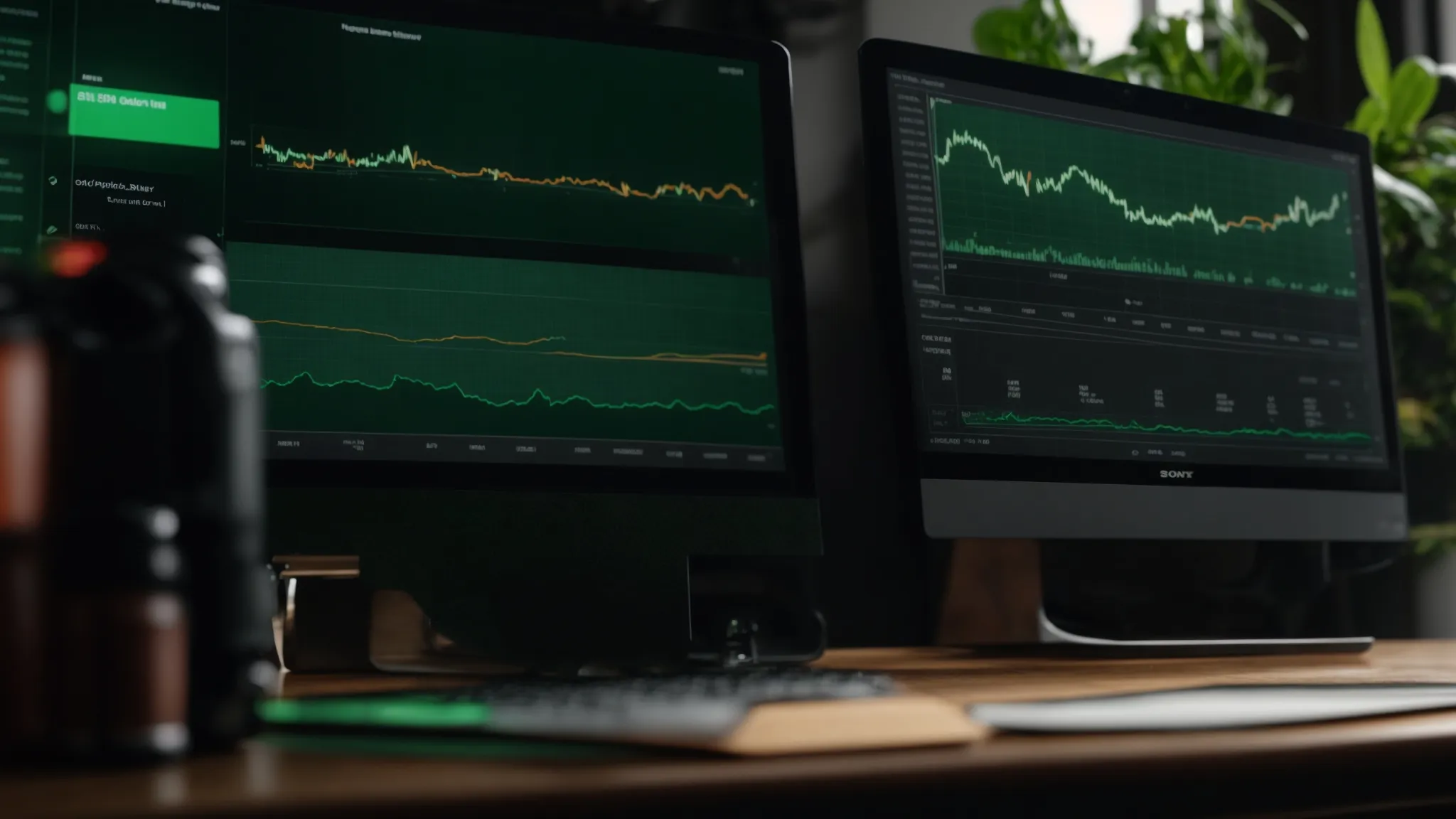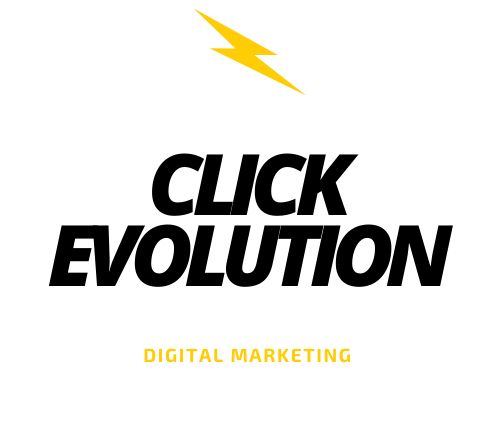Unlocking Conversions: The Essential Role of Professional Landing Page Optimization
The quest for higher conversion rates is a journey every marketer and business owner undertakes. A landing page holds the magic wand capable of turning visitors into customers, but without the right optimization strategies, it’s merely an online brochure that fails to convert. Professional landing page optimization is an art that combines psychology, design, and technology to create an environment that encourages action. Professional Landing Page Optimization can elevate a business’s digital marketing efforts by significantly improving the rate at which visitors become valuable customers. Understanding these concepts and implementing them effectively can significantly impact any business’s bottom line. Below, discover the keys to unlocking the full potential of your landing pages.
Understanding the Impact of Landing Page Optimization on Conversion Rates
Landing page optimization is key to improving conversion rates. A well-optimized page targets specific customer needs and provides a clear path to action, making it easier for visitors to commit. This approach enhances user experience and can significantly boost conversions and revenue.
Psychological triggers also matter. Persuasive copy, trust signals, and clear calls-to-action influence decision-making, reduce bounce rates, and keep visitors engaged. Data shows that pages optimized for user experience convert better. As expectations for fast, personalized web experiences grow, so does the need to optimize every element—from layout to load time.
Analytics are essential. By studying user behavior, businesses can make data-driven decisions to improve performance. With continual testing and refinement, a landing page can become a true conversion asset.
Key Elements of a High-Converting Landing Page Design

Design is a silent ambassador of your brand, especially on a landing page. Its purpose is not just aesthetic but functional, guiding visitors toward the desired action. High-converting landing pages often feature a clear, compelling headline that addresses the visitor’s problem or desire directly and concisely.
Imagery also plays a key role, with high-quality visuals that resonate with the target audience’s emotions or aspirations. These images should complement the design, not distract from the message. A professional layout that leads the eye toward the conversion goal is fundamental.
Simplicity should be the cornerstone of landing page design. Strip away the superfluous and focus on core components that drive conversion—simplified forms, clean navigation, and straightforward copy that communicates value fast. Overcomplication can overwhelm visitors and hurt conversions.
Social proof, such as testimonials or endorsements, can boost trust and credibility. Featuring logos of well-known clients or real customer reviews provides the assurance needed to convince visitors to take action.
The Role of A/B Testing in Refining Your Landing Page Strategy

One of the most crucial steps in optimizing landing pages is A/B testing—comparing two versions of a page to see which performs better. By making small, incremental changes and testing them against the current version, businesses can learn what resonates with their audience.
A/B testing may involve tweaking headlines, button colors, images, or even the page layout. This data-driven approach helps eliminate guesswork. Minor changes can have major effects on conversion rates, and A/B testing reveals these insights.
Beyond click-through rates, A/B testing shows how changes affect user behavior. Do visitors spend more time on the page or leave quickly? Are they more likely to browse other pages? These patterns reflect the user experience.
A/B testing isn’t a one-time task but an ongoing process. Continual testing and refinement keep landing pages optimized amid changing user preferences and market dynamics.
Analyzing and Interpreting Landing Page Performance Metrics

Optimization is incomplete without the ability to measure performance. By tracking and analyzing metrics such as conversion rate, time on page, and bounce rate, businesses gain valuable insights into how well a landing page is performing. These metrics serve as a feedback loop, guiding further optimization efforts.
The depth of analysis goes beyond surface-level metrics, delving into user flows and segmentation to understand how different audience demographics interact with a landing page. Advanced tools offer heatmaps and session recordings, providing a granular view of users’ actions that highlights what captures attention and what might be causing friction.
Interpreting these metrics can sometimes be challenging, which is why expertise in data analysis is invaluable. Translating numbers into actionable insights is a crucial part of the optimization process, transforming abstract data into concrete steps toward improved performance.
Landing page optimization is an intricate blend of design, psychology, testing, and analysis. With continuous refinement, a landing page has the power not just to convert but to transform the success of online engagements and transactions.

